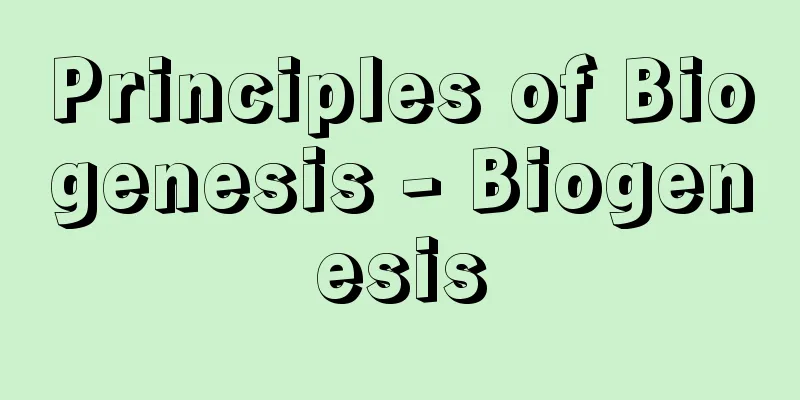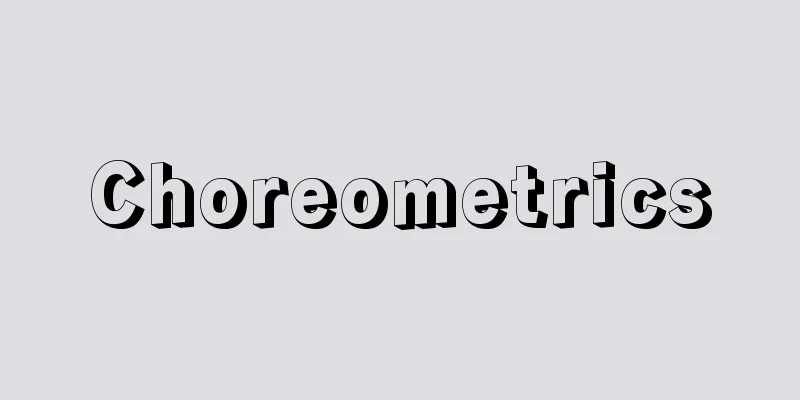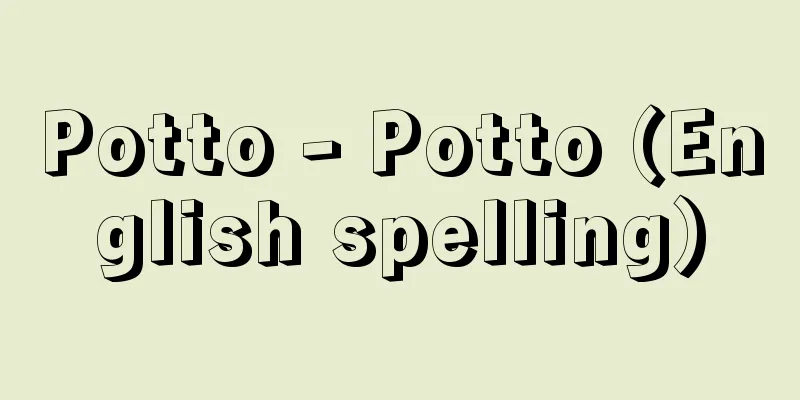Principles of Biogenesis - Biogenesis

|
A theory proposed by E. H. Haeckel in 1866 about the relationship between ontogeny and phylogeny of organisms. It is also called the law of biogenesis. It states that "ontogeny is a shortened and rapid repetition of phylogeny" and is generally called the repetition theory. Ontogeny is the process by which an organism grows from an egg to an adult, and the course of this process is determined by the history (phylogeny) of each organism up to that point. In other words, the idea is that the morphological changes that the ancestor underwent are reproduced in the process of ontogeny. If this principle holds true, then it would be possible to explore phylogeny in reverse from the study of ontogeny, and Haeckel actually inferred the phylogenetic tree of animals. However, since phylogeny is not the cause of ontogeny, but phylogeny changes as a result of changes that occur during ontogeny, Haeckel's idea is completely upside down. Also, since changes can occur at various stages of ontogeny, the relationship between the two is not as simple as Haeckel claims. GR de Beer distinguishes between eight types. Among them, the repetition that Haeckel speaks of occurs in the case shown in In other words, this is a case where evolution occurs in the form of new changes being added further and further into ontogeny. According to Haeckel, examples of repetition include the appearance of gill slits in mammals in the early stages of ontogeny, and the similarity of larval forms in various animal groups, such as crustaceans, despite the striking differences in the adults. However, these are now considered to simply be changes that occurred in the later stages of ontogeny ( ). In other words, the similarity in larval forms that Haeckel considered to be repetition is nothing more than a similarity in the shared developmental process, and there is no rapid and summarized repetition of ancestral forms in the sense that Haeckel meant it. For example, Haeckel made a mistake by regarding the gill slits of mammalian embryos as a characteristic of the adult fish. What is more noteworthy about the relationship between ontogeny and phylogeny is the possibility of neotenic evolution, in which animals mature to adulthood during ontogeny and then do not undergo any further processes ( ). The fetalization hypothesis of humans, which was proposed because human characteristics resemble those of infants or fetuses more than those of adult apes and monkeys, and the theory that insects arose from myriapods with six-limbed larvae, also assume neotenic evolution. Larvae are generally not as specialized as adults, and neotenic evolution has attracted attention as a new development in biological evolution that has reached a dead end due to specialization. [Tetsuyuki Ueda] ©Shogakukan "> Principle of Biogenesis (Figure A) ©Shogakukan "> Principle of Biogenesis (Figure B) ©Shogakukan "> Principle of Biogenesis (Figure C) Source: Shogakukan Encyclopedia Nipponica About Encyclopedia Nipponica Information | Legend |
|
生物の個体発生と系統発生の関係についてE・H・ヘッケルが1866年に提唱した学説。生物発生の法則ともいう。それは「個体発生は系統発生の短縮された急速な反復である」というもので、一般に反復説とよばれる。個体発生とは生物が卵から成体になる過程であるが、それがどのような経過をたどるかは、それぞれの生物のそれまでの歴史(系統発生)によって規定される。すなわち、祖先生物のたどった形態変化が個体発生の過程に再現されているという考えである。この原則が成立するならば、個体発生の研究から逆に系統発生を探ることができるわけで、実際に動物の系統樹を類推することもヘッケルは行っている。しかし、系統発生が個体発生の原因なのではなく、個体発生中に生じた変化の結果として系統発生が変化するわけであるから、ヘッケルの考えは完全に逆立ちしたものである。また、個体発生のいろいろな段階で変化が生じうるので、両者の関係はヘッケルがいうほど単純なものではない。ド・ビアG. R. de Beerは八型式を区別している。そのうち、に示したような場合に、ヘッケルのいう反復が生じる。つまり、新たな変化が個体発生の先へ先へと付け加わっていく形で進化がおこる場合である。ヘッケルによれば、哺乳(ほにゅう)類の個体発生初期に鰓裂(さいれつ)が生じることや、甲殻類などいろいろな動物群で、成体の著しい相違にかかわらず幼生形が類似することを反復の例としてあげているが、これらは単に個体発生の後期に変化が生じたものと今日ではみられている()。すなわち、ヘッケルが反復とみた幼生形の類似は、発生過程を共有することの類似にほかならず、そこにはヘッケルのいう意味での祖先形の急速かつ要約された反復はないとされている。ヘッケルは、たとえば哺乳類の胚(はい)の鰓裂を魚類の成体の特徴とみることで誤ったのだといえる。個体発生と系統発生の関係でむしろ注目されるのは、個体発生の途中で成熟して成体になり、その先の過程が発現しないネオテニー的進化の可能性であろう()。ヒトの特徴が類人猿やサルの成体よりも幼児あるいは胎児に類似することから提唱されたヒトの胎児化説や、六肢の幼生形をもつ多足類から昆虫が生じたとする説も、ネオテニー的進化を想定したものである。幼生は一般に、成体ほど特殊化しておらず、特殊化で袋小路に陥った生物進化に新しい展開をもたらすものとして、ネオテニー的進化が注目されている。 [上田哲行] ©Shogakukan"> 生物発生原則〔図A〕 ©Shogakukan"> 生物発生原則〔図B〕 ©Shogakukan"> 生物発生原則〔図C〕 出典 小学館 日本大百科全書(ニッポニカ)日本大百科全書(ニッポニカ)について 情報 | 凡例 |
<<: Biophysics - seibutsubutsuri gaku (English spelling) biophysics
Recommend
Alumina Lung - Aruminahai
…The most common and most likely to progress to s...
Hypericum - Otogirisou
A perennial plant of the family Hypericaceae (APG...
Kyogen costume - Kyogen costume
...The waki usually wear light blue, but in Noh p...
Side pillar - Gawabashira
〘 noun 〙 A pillar on the outer wall of a building....
Ikeda charcoal
〘Noun〙 High-quality charcoal burned in Nose Distri...
Tamm, JE (English spelling) TammJE
…He also worked on the development and constructi...
Pridi Phanomyong
1900‐83 Thai politician. Royal name Luang Praditma...
Santa Claus (English spelling)
Also spelled Santa Klaus. The name comes from Nich...
Limnocharis (English spelling) Limnocharis flava (L.) Buchen.
A perennial plant of the family Celastraceae that ...
Higashiiyayama [Village] - Higashiiyayama
A village in Miyoshi County, western Tokushima Pre...
Soryosei system
It refers to the system of clan ties that served ...
Frosch, P.
…He obtained his medical degree in 1874 and worke...
Platform
… [Shigeki Murayama] [Station functions and facil...
PES
Date of birth: December 27, 1976 Musician of the H...
Amicable Society - Amicable Society
…This was a mutual aid association that collected...









